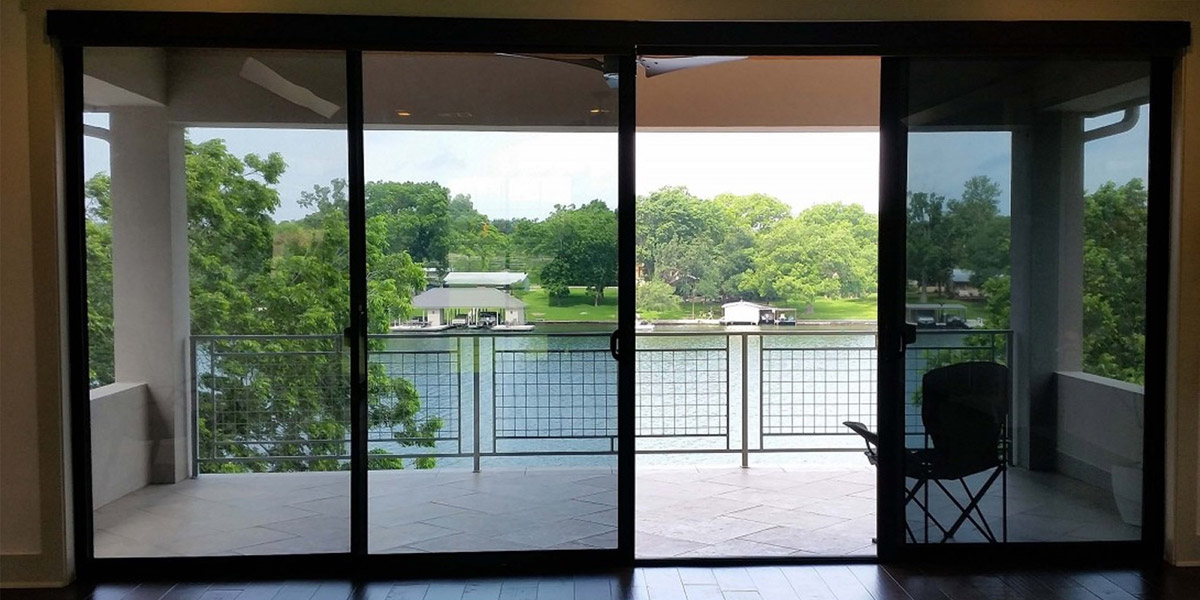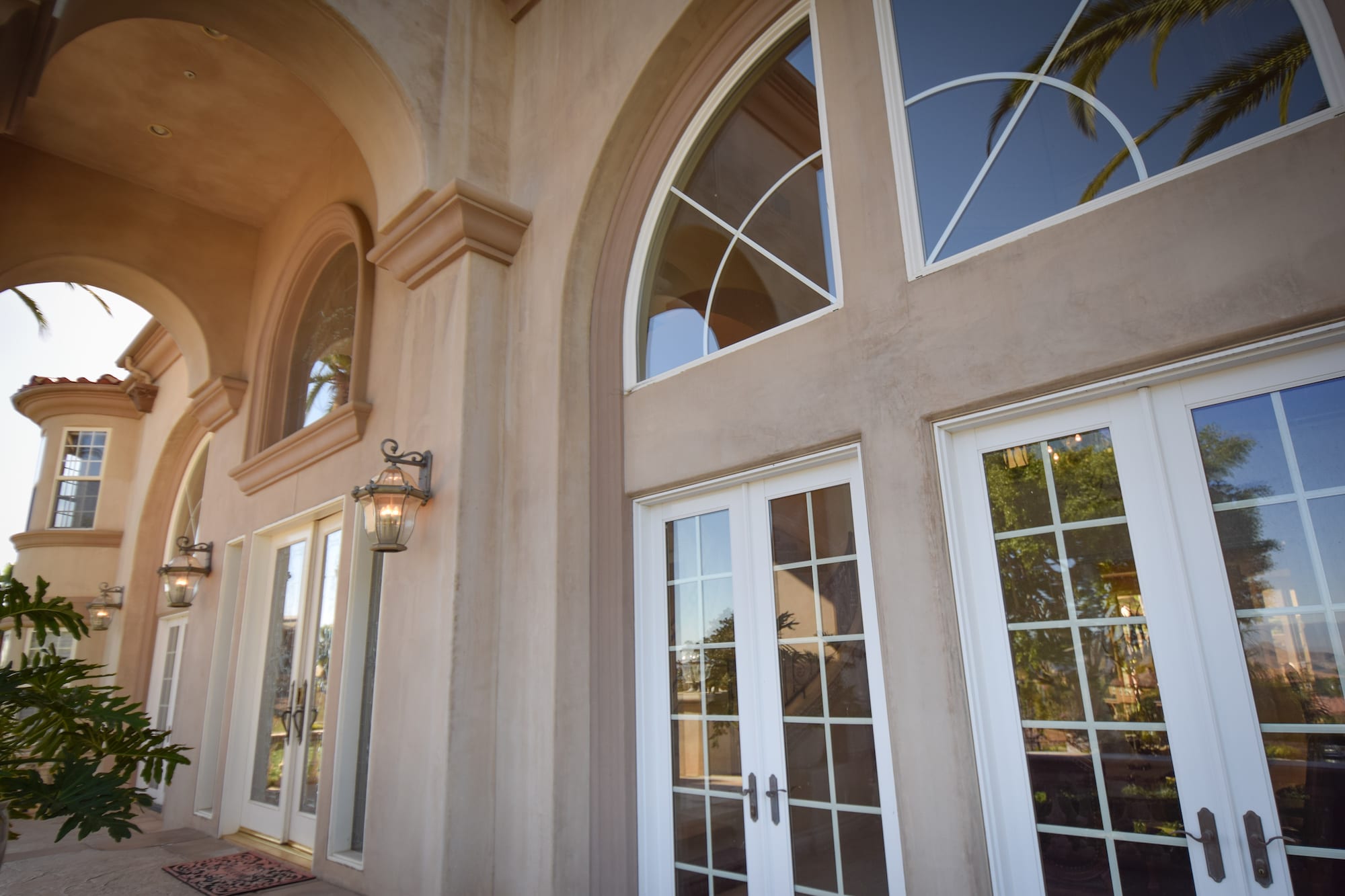Residential Window Tint: Enhance Privacy and Design in Your Home
Wiki Article
Just How Residential Home Window Tinting Boosts Your Home's Energy Performance
Residential window tinting offers a compelling option for home owners seeking to boost energy performance within their space. By applying specialized films to home windows, it successfully reduces heat transfer, thereby supporting interior temperatures and decreasing the requirement for extreme home heating or cooling. This not just curtails energy usage but likewise gives a more comfy setting by minimizing glare. Recognizing the subtleties of just how tinting works and choosing the proper kind for your home can be pivotal. Oddly, what aspects should one take into consideration before making this investment?Comprehending Window Tinting
Comprehending window tinting is vital for homeowners seeking to boost both convenience and power effectiveness in their home. Residential Window Tint. Window tinting involves the application of a slim movie to the inside or exterior surface of glass windows. This film can significantly regulate the quantity of sunlight and heat that enters a home, thus affecting interior environment problemsThere are numerous kinds of home window tinting films available, each with distinctive homes. Colored movies soak up solar power, while reflective movies disperse it away from the glass surface. Ceramic films supply an equilibrium of presence and warm rejection, making them a preferred option amongst homeowners. The performance of window tinting is frequently measured by its Visible Light Transmission (VLT) percent, which shows just how much light can pass with the film.
Advantages of Energy Performance
Window tinting not just boosts aesthetics however also plays a substantial role in enhancing energy performance within property rooms. By minimizing warmth transfer through windows, colored movies create an extra secure interior environment, which can result in substantial reductions in energy usage for cooling and heating. This power performance translates into reduced energy expenses, giving home owners with significant long-term cost savings.
In addition, window tinting boosts the convenience of living spaces. By decreasing glare and obstructing dangerous UV rays, tinted home windows produce an even more pleasurable environment, which can cause enhanced wellness for owners. The defense against UV rays likewise helps preserve furniture and flooring from fading, adding to the durability of household products.
How Tinting Functions
Tinting films run with a mix of sophisticated products and technologies designed to manage the amount of solar power getting in a home. Mainly composed of polyester, these movies frequently include metallic or ceramic fragments that absorb and show warmth. This dual capacity permits them to substantially decrease the infiltration of ultraviolet (UV) rays and infrared radiation while allowing visible light to go through.The effectiveness of home window tinting is measured by its solar heat gain coefficient (SHGC), which suggests just how much solar energy is transferred via the window. Lower SHGC worths are preferable as they denote click this site better heat rejection. Furthermore, home window colors can include a variety of tones, permitting homeowners to customize their aesthetic preferences while improving power performance.
you can try here In addition, these films work as an obstacle, stopping warm loss during cooler months by showing indoor warmth back right into the space. This thermal insulation effect matches the cooling benefits gained during warmer months, contributing to a balanced indoor environment year-round. By handling solar power properly, residential window tinting not just boosts comfort yet also plays an important function in decreasing energy usage and decreasing energy expenses.
Selecting the Right Tint

There are various types of home window movies offered, consisting of colored, metalized, and ceramic. Dyed films are economical but may have limited longevity. Metalized films use far better heat denial but can conflict with digital signals. Ceramic movies give outstanding warmth control without endangering exposure and are highly sturdy, making them a prominent option.
Noticeable light transmission (VLT) is another vital variable, as it shows the quantity of all-natural light that can go through the tinted glass. Property owners ought to choose a tint with a VLT that complements their lighting preferences while still offering ample glow Visit This Link decrease.
In addition, examining the solar warm gain coefficient (SHGC) can assist establish just how well a color can obstruct warm from sunlight. A reduced SHGC shows far better warmth control, eventually improving energy efficiency.
Installment and Maintenance Tips
Proper installment and upkeep are crucial parts in optimizing the benefits of property home window tinting. Experts also utilize specialized techniques and tools, which can improve the longevity and efficiency of the tint.Adhering to setup, upkeep is vital to lengthen the life of the window film. It is suggested to wait a minimum of 1 month prior to cleaning the tinted windows to permit the adhesive to treat totally. When cleansing, use a soft cloth and a gentle, ammonia-free cleaner to prevent harming the movie. Avoid abrasive materials that might scrape the surface area.
Addressing these concerns without delay can avoid further damage and keep power effectiveness. By sticking to these installation and upkeep pointers, property owners can ensure their window tinting continues to supply considerable energy savings and convenience for years to come.
Verdict
Finally, household home window tinting serves as a reliable option for enhancing power efficiency within homes. By decreasing warm transfer and blocking unsafe UV rays, home window films add to decrease power consumption and boosted indoor convenience. The selection of ideal tinting materials, in addition to proper installment and maintenance, better makes best use of these benefits. Ultimately, home window tinting represents a lasting financial investment that not only decreases utility costs however additionally promotes a comfortable living setting throughout the year.Home window tinting includes the application of a thin film to the interior or exterior surface area of glass windows. By decreasing warmth transfer with home windows, tinted films produce a much more secure interior climate, which can lead to significant decreases in power consumption for home heating and air conditioning.The performance of home window tinting is measured by its solar heat gain coefficient (SHGC), which indicates exactly how much solar energy is sent via the home window. By taking care of solar power properly, residential window tinting not only enhances comfort but likewise plays an important duty in lowering power intake and decreasing energy expenses.
By decreasing warm transfer and obstructing unsafe UV rays, home window movies add to reduce power consumption and boosted interior convenience.
Report this wiki page